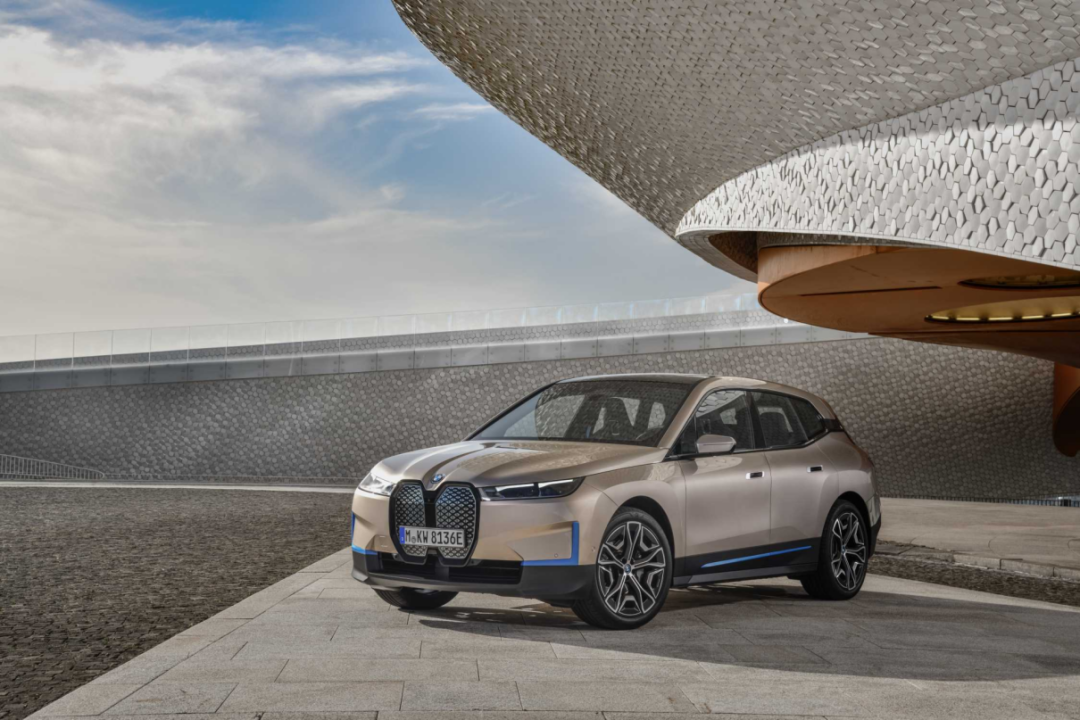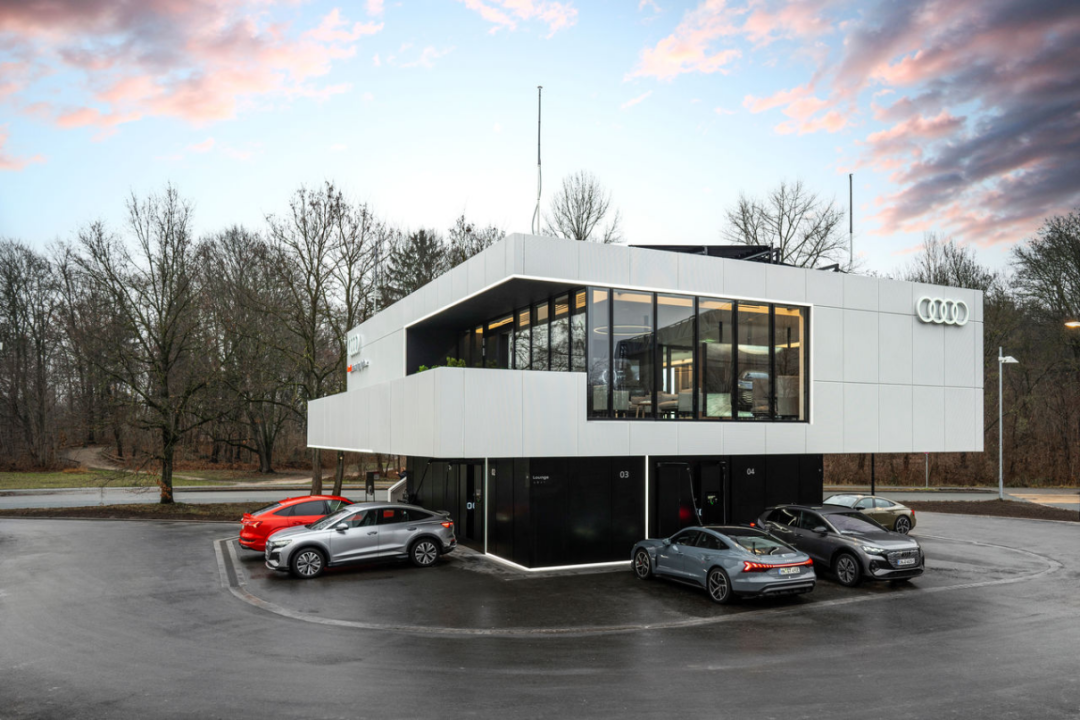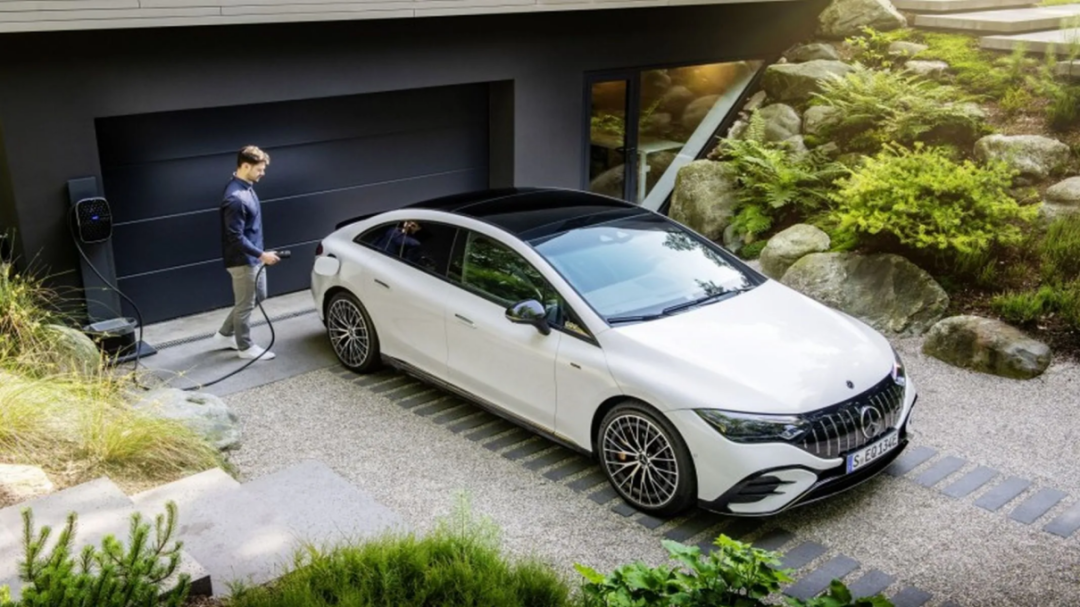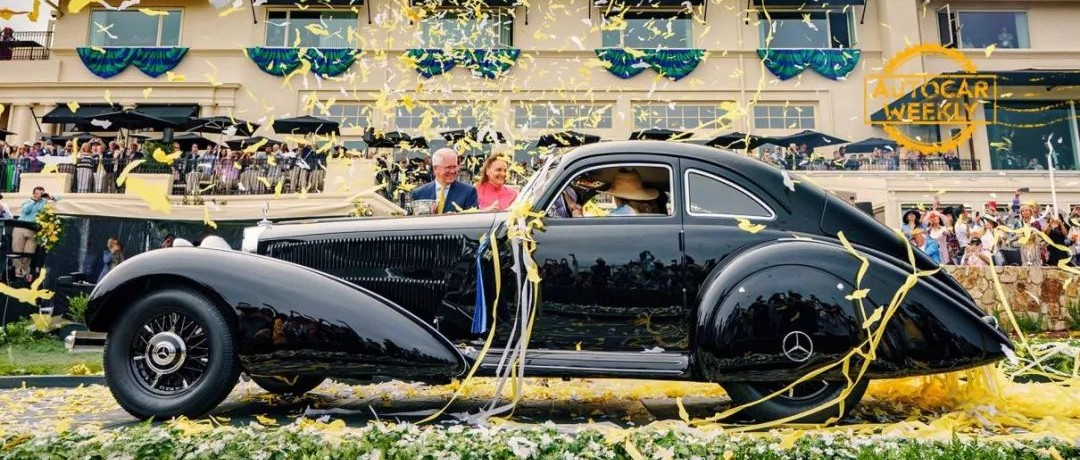Ao Ao Hu’s Article
The continuous “growth against the trend” of luxury cars seems to have come to an end, but also seems to be continuing. In the first three quarters of this year, under the overall background of a slight increase in domestic retail sales by 2.4% year-on-year, Mercedes-Benz’s domestic sales decreased by 5% year-on-year, and BMW’s year-on-year decline was 11.5%.
As expected, according to the classic rhetoric paradigm that has been tried and tested in this industry for decades, “if year-on-year doesn’t work, then talk about month-on-month, if month-on-month doesn’t work, then talk about subgroup, and if subgroup doesn’t work, then talk about proportion…” Both parties have focused on the year-on-year growth rate of new energy vehicles in their third-quarter performance report (which looks particularly good due to the base effect) to restore their reputation.
In comparison, whether it is the well-known impact of the epidemic from April to June or the so-called supply chain problems, they can no longer excuse BBA’s declining trend, after all, the whole industry has come through the first nine months of this year in the same way. On the other hand, Wang Xing is shouting out loud for “Li Weihua” to replace “BBA”.
Sales performance is only the tip of the iceberg. The more dangerous thing is that the Chinese people’s faith in BBA seems to be disappearing.
From entry level to luxury
In the past ten years, BBA has experienced a round of entry-level exploration. Today’s BMW 1 Series/X1, Mercedes-Benz A-Class/GLA/GLB, Audi A3/Q2 and so on, some are new car series, and some are audience expansion after generation change (front-wheel drive/domestic/tri-box/SUV), summarizing them, they are all exploratory strikes on the entry-level market.
Although I have never agreed with the so-called “paying for a brand” theory in the market, relative to more recognized high-end models by loyal fans, these new entry-level luxury cars have a higher “faith tax” proportion.
And the entry-level market is the sad place for BBA.
Taking the first half of this year as an example, in the first 6 months, Mercedes-Benz’s sales in China decreased by 19.4%, and the year-on-year declines of A-Class/GLA/GLB were 48.7%, 31.4%, and 24.7%, respectively. BMW’s total sales decreased by 18.9%, and the year-on-year declines of 1 Series/X1/X2 were 30.7% to 43.7%. Audi’s overall decline was 24.2%, and Q2L and Q3 evaporated by 47.3% and 33.9%, respectively.
In the past few years, “downsizing to win the market” has always worked, but suddenly it has become ineffective. Entry-level small cars have one after another become unprofitable deals on the economic level, and the negative asset effects at the brand image level have been highlighted all at once, which is very frustrating.The brand halo of BBA can no longer protect the edges of luxury brands. While someone offers a pillow to sleep, the attraction of the high-end market is increasing. Mercedes-Benz’s overall sales have decreased, entry-level car sales have plummeted, but Maybach’s sales in the first three quarters increased by 30% YoY. The “luxury cars against the trend” seems to have not completely disappeared, but has further shifted to a higher level.
In May of this year, Mercedes-Benz announced its future strategy of brand upgrading, focusing on concentrating more energy on operating the high-end luxury lineup, which currently includes Maybach, AMG, and G-Class. Entry-level luxury is believed to start with C-Class/GLC, and existing models such as A-Class are likely to be abandoned or streamlined.
BMW is making the same effort. The newly launched XM is the first independent M Power brand model since the launch of M1 in 1978. The domestic pre-sale price of 2.36 million yuan marks BMW’s determination to create an independent high-end brand with M Power.
Earlier this year, BMW also fully acquired the former royal-appointed modification factory Alpina, which may be digested as another high-end sub-brand. On the other hand, entry-level cars such as the 1 Series and 2 Series Touring have been rumored to have no successor.
Earlier, Audi’s lower-positioned A1 and Q2 models were announced to be discontinued at the beginning of the year. Last year, Audi restarted the Horch brand, which had been dormant for decades, as a means of countering Mercedes-Benz’s Maybach and BMW’s future high-end sub-brands.
Forced high-end is not foolproof. Abandoning entry-level cars that are becoming increasingly deserted, and escalating to ultra-luxury cars that are counter-trend, seems to be a reasonable move in response to the trend. In contrast to the sudden cooling of BBA’s entry-level models, in September, the market share of independent brands rose to more than 50%. The price range that the new batch of independent brands is targeting coincides with the highly overlapped 150,000 to 250,000 yuan of BBA’s entry-level cars.In the past many years, entry-level luxury cars have been competing with non-luxury brand models for practicality and high configuration, using their brand and image advantages. Due to the restrictions of the internal division of luxury brands, entry-level luxury cars are naturally limited in size and space, while independent and joint venture brands are most lacking in size advantages.
Since electrification, especially the greatest contribution of new car makers, is to unconsciously solve the image problem that independent brands have long been unable to solve, at least for now. When someone is trendy in a certain book or on a certain platform, when BYD is no longer seen as cheap, and the traditional advantages of space and configuration are still there (even more advanced), the previously unique position of entry-level luxury cars is no longer as rare.
We always say that competition is always dynamic. The new forces of independent brands have broken and eliminated the “luxury brand” dimensional wall to a certain extent with a new model. On the other hand, BBA has not found a new brand belief in this process, so the entry-level luxury car with the highest proportion of faith in the competitiveness of the model has been affected first.
Abandoning entry-level cars to increase the brand threshold and working harder on higher-end sub-brands is a natural action, but it is not a foolproof tactic. Mercedes-Benz’s success in Maybach and AMG is the theoretical basis for BBA to build new or upscale luxury series, but this is not always the case. Past experience cannot guarantee a smooth continuation in the future.
Under the growing pressure of the global economic downturn, auto consumption has shifted even further towards ultra-luxury. But the reality is that “the worse the economy, the more luxurious the products” has become a rule of thumb in recent years, and it is becoming less and less like a good sign. When people hear about “luxury car sales growing against the trend”, they cannot help but feel perplexed, and the essence of this weirdness is also due to “the abnormal becoming the norm”.
HSBC’s luxury industry analysis warned of risks in September, specifically that although the industry remains strong in the third quarter, the fourth quarter’s economic slowdown will affect higher-end consumer groups. “The luxury market in mainland China is almost ‘decoupled’ from the macro economy,” which is not a comforting sign. Looking back to 2008, even if it is still early, we should note that the risks faced by increased investment in the high-end market are on the rise.
Not limited to entry-level luxury cars, for the entire brand’s core product line, BBA urgently needs to find its belief in the new era. Luxury brands will always face one problem: if the price is similar, why would consumers pay more for a smaller, lower-configuration, and weaker-power luxury car? If space, configuration, and performance are equivalent, why would a luxury car be priced higher?
When this problem is difficult to answer, not only will the entry-level luxury car have a bleak ending, but the downstream of the core product line will also be greatly affected.
The Electric Age, Rebuilding Faith
In the past, there were many ways for luxury brands to establish a hierarchical barrier: BMW has Valvetronic, Mercedes-Benz has magic body control, Audi has Quattro all-wheel drive, and everyone has a bright future. This kind of barrier can transcend time. Even if the technology itself is no longer the most advanced, the reputation still echoes; it can also transcend existence, and non-all-wheel drive Audi owners can still have a small chameleon in their hearts.
The electric age not only changes the driving mode but also separates many characteristics of the vehicle itself. For example, NVH is no longer determined by the engine, and Lexus’s champagne glass miracle has become useless instantly. Even if NVH is still emphasized as a barrier, it is much more difficult to find a breakthrough in more evenly distributed factors.
For example, breaking 0-60 mph in 6 seconds is not impressive anymore, and 0-60 mph in 4 seconds is no longer a rare feat. High horsepower and strong power are now readily available. The heaviness and “electron flavor” of electric vehicles have leveled the gap in driving performance, but the attractiveness of driving performance to the new generation of consumers is decreasing.
From this perspective, electrification transfers many “troubles” on the car to the charging process. Of course, the points that the vehicle itself needs to solve or can create differences still exist, such as the NVH performance of electric vehicles, which is actually uneven despite being generally quieter. But from the angle of rendering differentiation and mapping out faith, after the transition from internal combustion engines to motors, the easy-to-differentiate angles have been taken away for the most part.
Perhaps still comprehensive, but there is nothing to talk about. Using internet slang, this means that there is no grasp and no idea where to start.

The intuitive solution is: since electrification has transferred away the “troubles”, but nothing comes for free, these “troubles” have been paid back in the form of charging and cost- power, NVH, and the advantages of electric vehicle body structure are obtained at the expense of slower and more troublesome energy supplement and heavier and more expensive batteries. So why not naturally transfer the differentiation to the charging process?
So we have seen Tesla’s supercharging system and NIO’s battery swap system. Especially in the early stages of their development, this energy supplement experience that is completely separated from any other brand is enough to make other brands within the scope of pure electric vehicles look inferior. Audi is trying to establish a brand-exclusive charging center in Nuremberg, which includes its own supercharging piles and resting areas.
The differences between vehicles themselves are no longer significant, but can still be seen as a similar dichotomy to that between rear-wheel and four-wheel drive, straight-six V6 engines and so on in the early days of BBA. If one acknowledges that “the competitive advantages of the many differentiations in electric vehicles themselves are being smoothed out with the benefits brought about by electrification, and that the price of such benefits is a disadvantage in the user experience centred on energy regeneration,” then the conclusion is that these opportunities for rendering differentiation have also shifted to the areas of service.
The practice of using the characteristics of the vehicle itself, such as the motor, drive train, and NVH, to establish a hierarchical barrier, following the model of fuel cars, may not be an easy path to take. The high-end electric cars created by the BBAs along the traditional path, even if they have the comprehensive performance of a hexagon warrior, are almost universally unpopular. They cannot be accepted in the high-end market, and the brand faith is impossible to start.

Regardless of the method taken or the path followed, BBAs urgently need to rebuild brand faith in the new era. The term “luxury brand” has never been as vague and ambiguous as it is today. In fact, there are already laggards in the BBAs, and what we call BBA today is only something that has formed in the past thirty years. The top 3 luxury car brands are far less solid than they used to be.
This article is a translation by ChatGPT of a Chinese report from 42HOW. If you have any questions about it, please email bd@42how.com.
